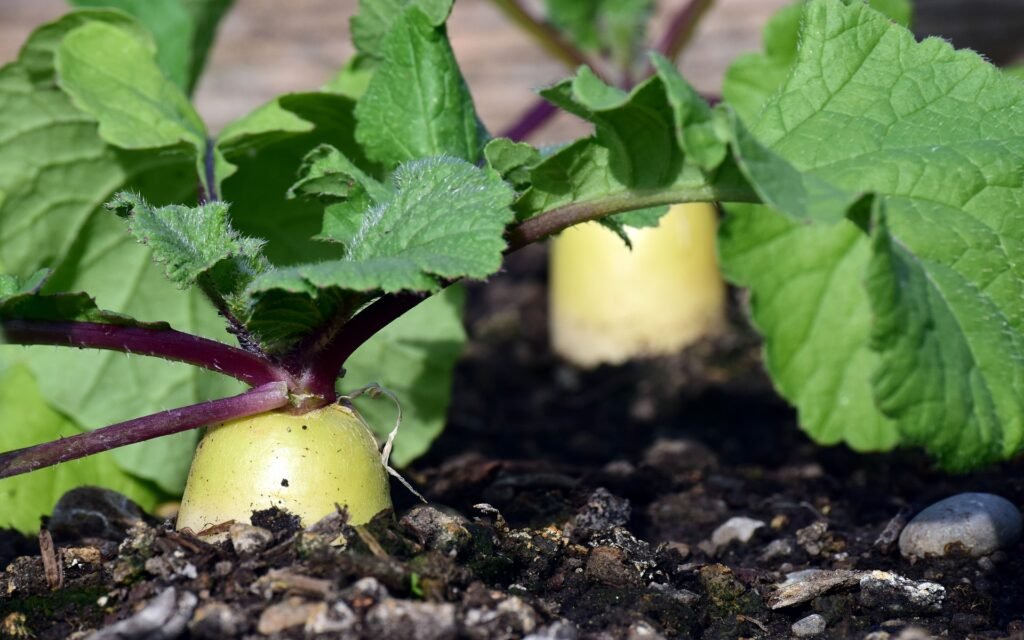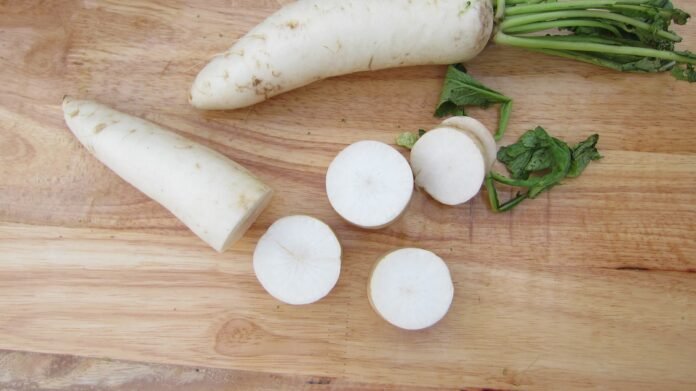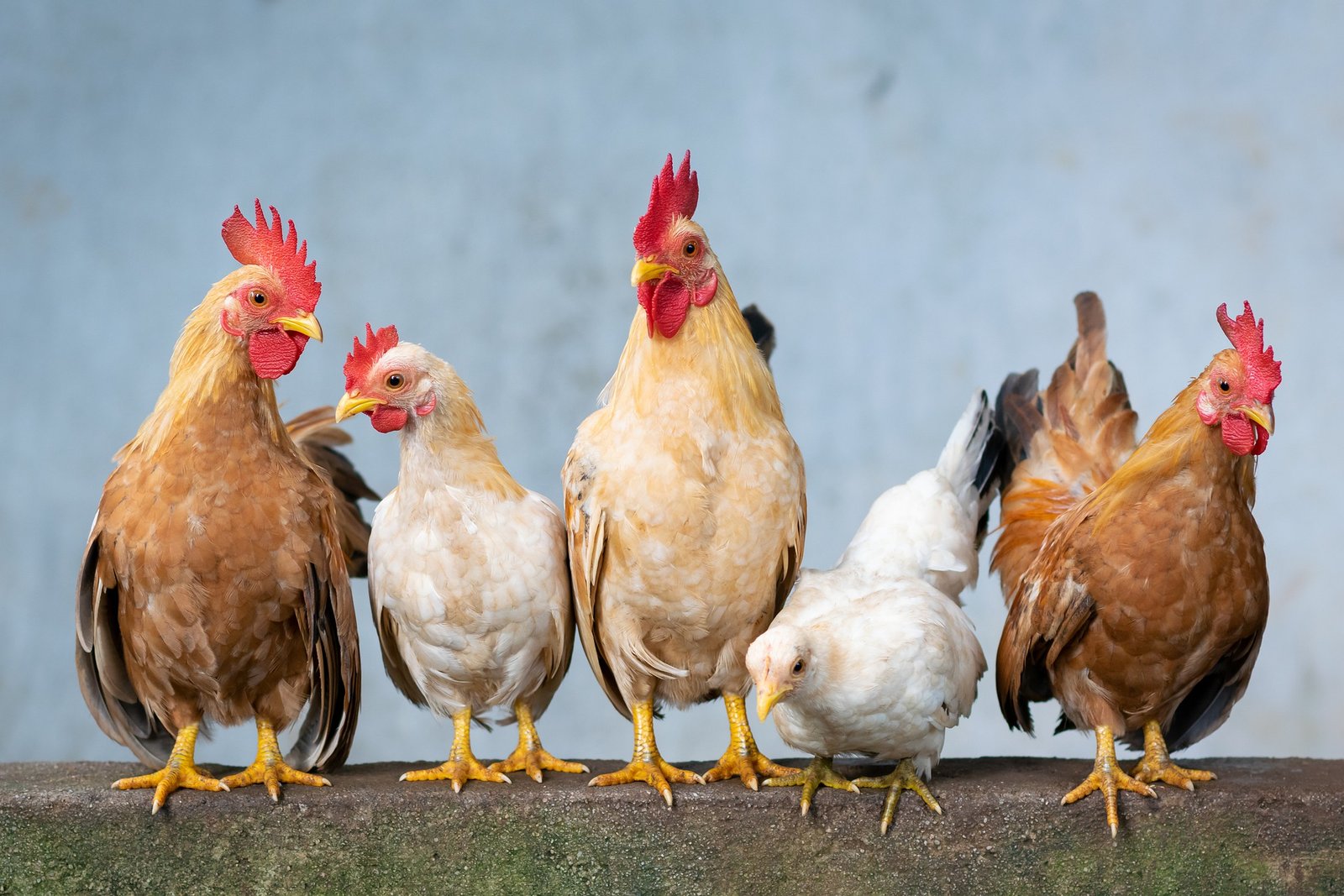Radish cultivation
Introduction: – Radish is a vegetable with roots, it is a tropical crop. It is an evening crop, it is an early growing and evergreen crop. Its edible roots are white to red in color. It is mainly cultivated in West Bengal, Bihar, Uttar Pradesh, Karnataka, Punjab, and Assam.
Climate: – Temperature 18-25 degrees, rain 100-125 cm, 30-40 degrees for growth.
Soil type: – This crop can be grown in many varieties of soil, but in terms of results, fine, sandy loam soil is good. Do not cultivate in heavy and solid soil, and the pH value should be 5.5-6.8 for good crop growth.
Varieties and Yields

Japanese White: – This variety is suitable for sowing in the month of November-December. It was brought to India from Japan. It yields an average yield of 160 quintals per acre.
Pusa Chetki: – This variety is suitable for sowing from April to August. It is an early maturing variety. Yah is well suited to farming in Punjab. Its roots are soft and snowy white and medium length. It yields an average yield of 105 quintals per acre.
Pusa Himani: – This type of sowing is done in the evening of January-February. Its roots are white, ready for harvesting 60-65 days after sowing. It yields an average yield of 160 quintals per acre.
Pusa silk: – It is considered to be good for early sowing. It is fully ready for harvesting in 50-60 days.
Arka Nishant: It is a variety of long and pink roots.
Sowing time:- Radish is a cool season crop, its cultivation is prepared during the winter season in the plains. It can be sown at any time between September and January in the northern plains as it is not affected either by frost or by extremely cold weather conditions.
Radish field preparation and weed control
After plowing with the plow of the field, plow it with a plow. At the time of preparation of the field, mix well-rotted manure with 5 to 10 tons per acre in the field. If the Rudy is not well then do not put it, it leaves the roots twice.
(Rudi: – Urine soaked starch of cattle)
Seed quantity: – 4-5 kg seeds per acre are enough. For proper growth, do the buoy on bugs.
Weed control: – To control weeds and make the soil well ventilated. First Godai should be done 2-3 weeks after sowing. Immediately after Godai plow mud on the rams.

Harvesting: – As per crop varieties, radish is ready for harvesting 25-60 days after sowing. Uproot the plant by hand and wash the roots of radish and prune them according to their size.
After harvesting: – After harvesting, radish is sorted according to their size. Radishes are marketed late, so they are kept in sacks and baskets.
Health Benefits
Radishes are a good source of antioxidants like catechin, pyrogallol, vanillic acid, and other phenolic compounds. The root vegetables have a good amount of vitamin C, which acts as an antioxidant to protect your cells from damage.

















[…] Read More:-Radish cultivation and its commercial importance. […]